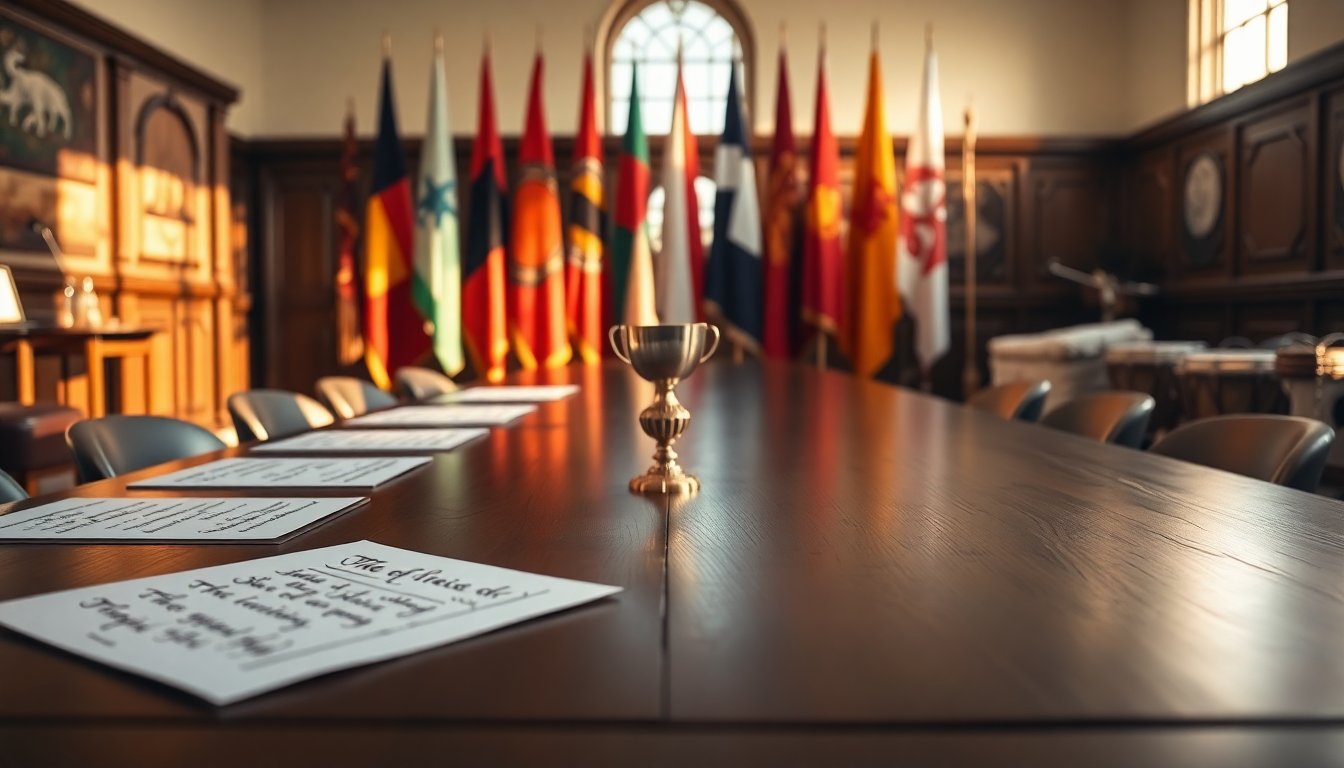Table of Contents
Victoria has reached a significant milestone in Indigenous rights by enacting its first treaty with Indigenous peoples. This landmark agreement follows years of advocacy and aims to create a framework for truth-telling and representation of First Peoples in the state’s governance. The signing ceremony took place on a Wednesday evening, where members of the First Peoples Assembly and Governor Margaret Gardner officially endorsed the treaty. This event marks a pivotal moment in the ongoing pursuit of recognition and justice for Indigenous communities.
Significance of the treaty
The treaty, described as a transformative milestone by United Nations human rights chief Volker Turk, marks a crucial commitment to addressing the longstanding exclusion faced by Indigenous communities since colonization. Turk emphasized that this agreement has the potential to reshape governance in Victoria, enabling Indigenous voices to directly influence the laws and policies that impact their lives.
Significance of the treaty signing
Jill Gallagher, a notable Gunditjmara woman and former commissioner of the Victorian Treaty Advancement Commission, expressed her profound happiness regarding the treaty’s signing. Gallagher stated, “I feel very happy. I’m just over the moon.” She emphasized that this treaty extends beyond a mere legal agreement. It embodies the enduring spirit of Aboriginal resistance and resilience. “Today marks a turning point in our nation’s history, a moment where old wounds can begin to heal and new relationships can be built on truth, justice, and mutual respect,” she added, highlighting the event’s substantial implications.
A new chapter for Victoria
Victoria’s Premier, Jacinta Allan, emphasized the significance of the treaty signing, referring to it as the beginning of a “new chapter” in the state’s history. “This chapter is built on truth, guided by respect, and advanced through partnership,” she stated. The state government envisions this partnership as a means to create a more equitable and inclusive society for all Victorians, aiming to improve the well-being of Indigenous peoples alongside the broader community.
The path to this moment
The journey toward this treaty began in 2016 with the establishment of the Yoorrook Justice Commission. This formal truth-telling body aimed to document the experiences of Indigenous individuals affected by the realities of colonization, particularly those from the Stolen Generations—Indigenous children who were forcibly removed from their families. The Commission concluded its hearings in June, providing critical context and testimonies that shaped the treaty discussions.
Victoria has seen significant progress, yet the overall Australian landscape remains intricate. A recent referendum sought to amend the constitution to establish a permanent Indigenous voice in parliament but failed to secure enough support. This initiative followed the 2017 Uluru Statement from the Heart, which advocated for the meaningful inclusion of Indigenous perspectives. The statement emphasized the profound connection Indigenous peoples have with the land, a relationship that extends over 60,000 years. It highlighted that this sacred bond cannot be diminished by merely 200 years of colonial history.
Looking ahead
The enactment of this treaty opens new avenues for dialogue and collaboration between Indigenous communities and the Victorian government. As both parties navigate this uncharted territory, the focus on truth, justice, and mutual respect will be essential in fostering a stronger, more equitable future. This treaty not only sets a benchmark for other states in Australia but also stands as a symbol of hope for Indigenous peoples striving for recognition, respect, and rights within their own lands.
The signing of this treaty marks a significant milestone; it represents a commitment to a future where Indigenous rights are acknowledged, respected, and woven into the framework of Australian society. As Victoria embarks on this transformative journey, the emphasis will be on healing past wounds and establishing robust partnerships grounded in shared objectives and mutual understanding.


